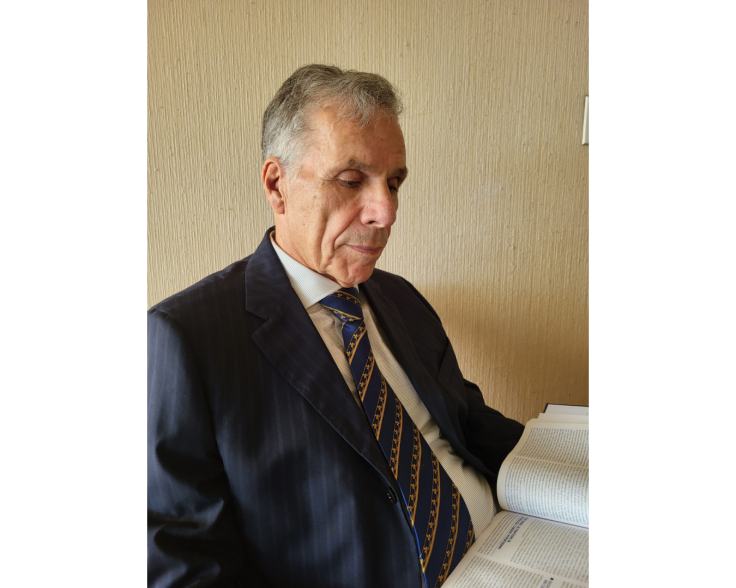This blog post dives into a pivotal moment in cardiology: the first-ever primary percutaneous coronary intervention (PCI) performed by Dr. Peter Rentrop in 1978. It's a story of medical innovation born out of necessity and a testament to Dr. Rentrop's critical thinking under pressure.

The Emergency Unfolds
The scene: Göttingen, Germany. A 45-year-old truck driver arrives at the hospital experiencing a severe heart attack. Dr. Rentrop is called in to perform coronary angiography, a procedure that visualizes the coronary arteries. During the process, a complication arises—a blood clot likely forms on the catheter and travels into the patient's already narrowed right coronary artery, completely blocking it.
A Race Against Time
Standard treatments at the time focused on minimizing damage through bed rest and medication. However, Dr. Rentrop, drawing on his research and clinical experience, believed a quicker approach was crucial. He knew heart muscle death could begin within 20 minutes of a coronary blockage.
A Daring Decision
With limited options and a ticking clock, Dr. Peter Rentrop decided to attempt a novel approach. Inspired by Dr. Charles Dotter's work on leg artery recanalization, he saw a potential solution in the guidewire used for the angiography. He carefully maneuvered the wire across the clot, aiming to push it downstream and restore some blood flow.
Success and a New Era
The gamble paid off. The wire successfully recanalized the artery, and the patient's symptoms subsided within minutes. This marked the birth of primary PCI, a minimally invasive procedure that revolutionized heart attack treatment.
The Road to Widespread Adoption
Dr. Rentrop's success story didn't stop there. He continued refining the technique and presented his findings at the American Heart Association meeting in 1979. The presentation, showcasing the dramatic improvement in the patient's condition, convinced cardiologists worldwide of this groundbreaking approach.
The Enduring Legacy of PCI
Primary PCI has undergone continuous development, incorporating balloon catheters, stents, and more. Today, it's the preferred method for treating acute heart attacks, saving countless lives worldwide.
Dr. Peter Rentrop's story is a powerful reminder of the impact a single moment of innovation can have. His courage and ingenuity not only saved a life that day but paved the way for a future where heart attacks are no longer an automatic death sentence.